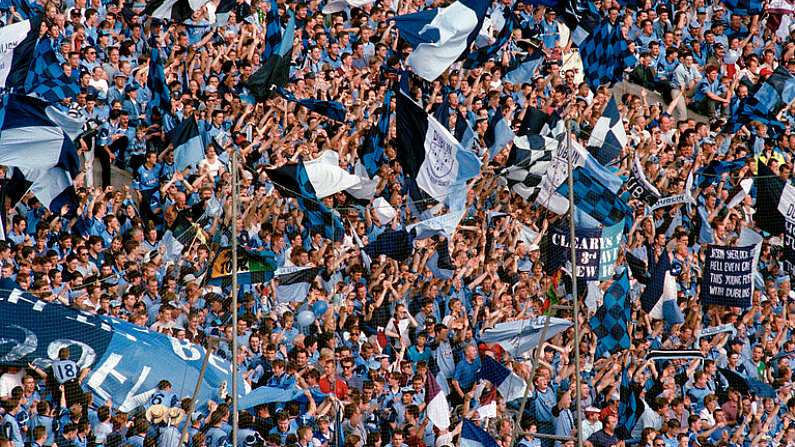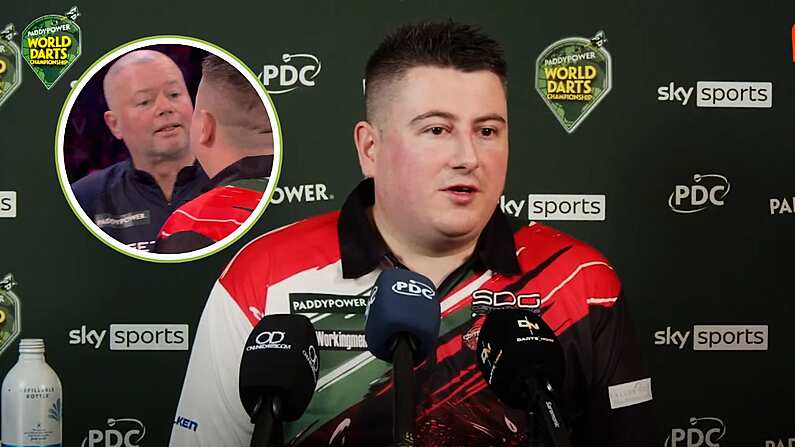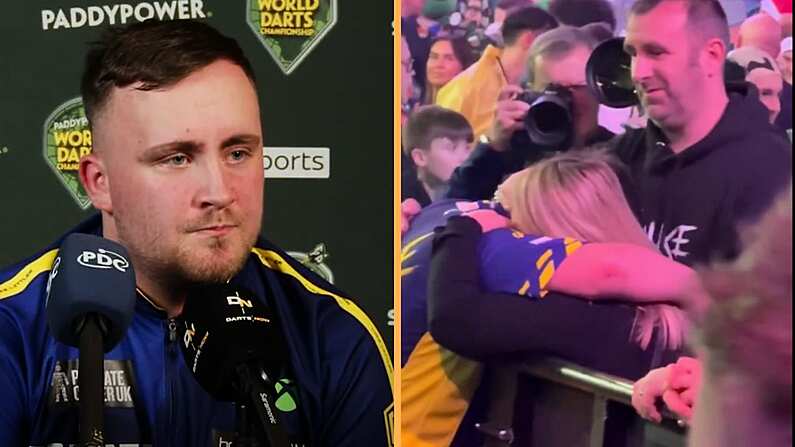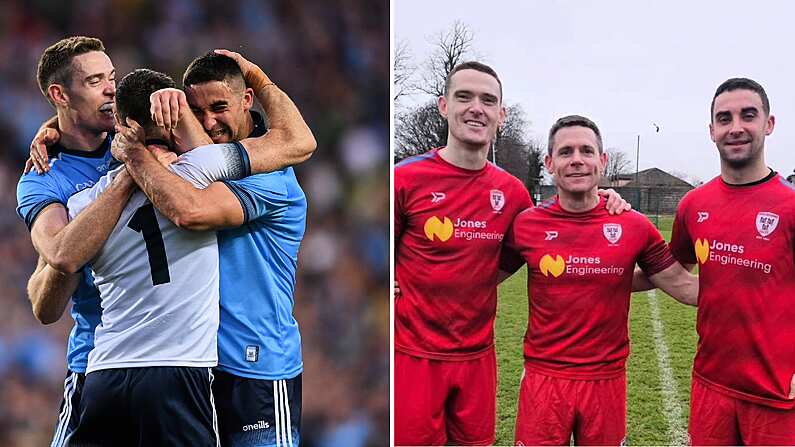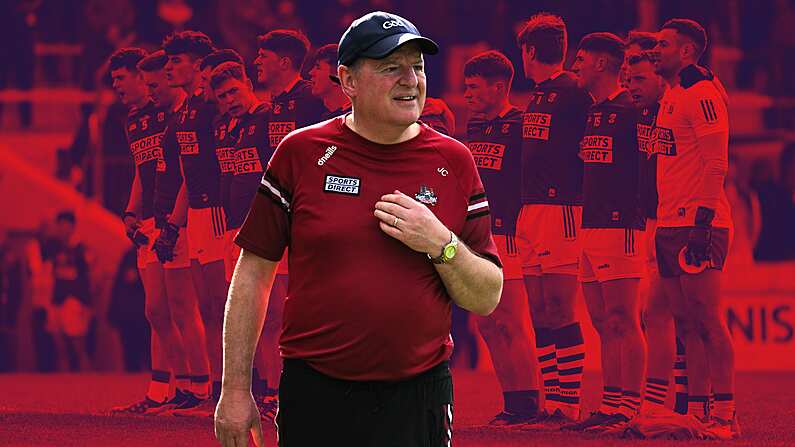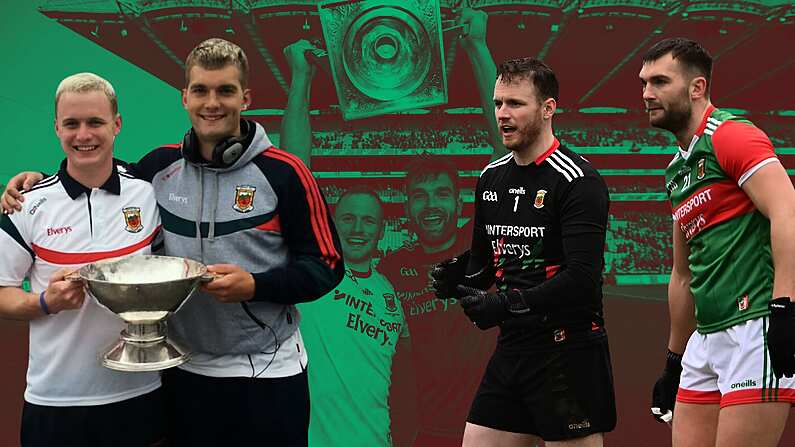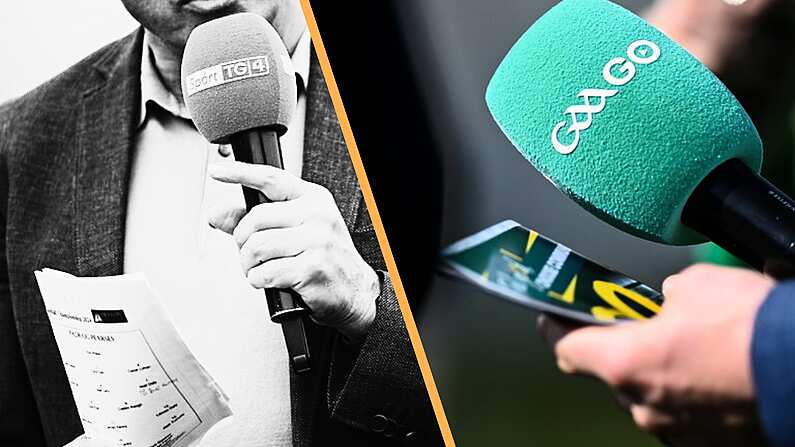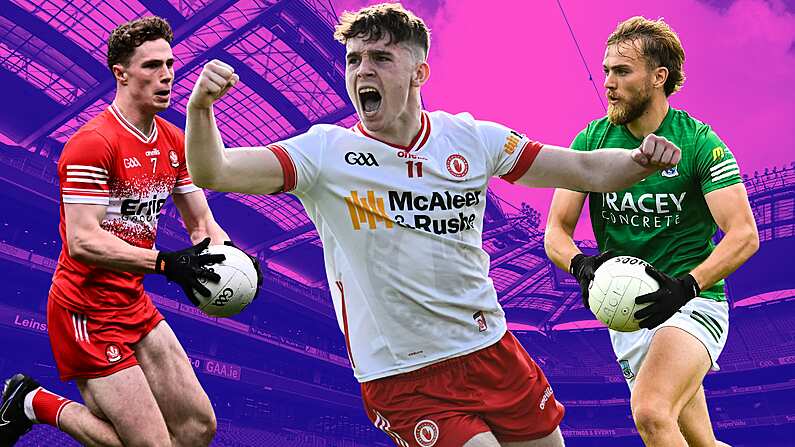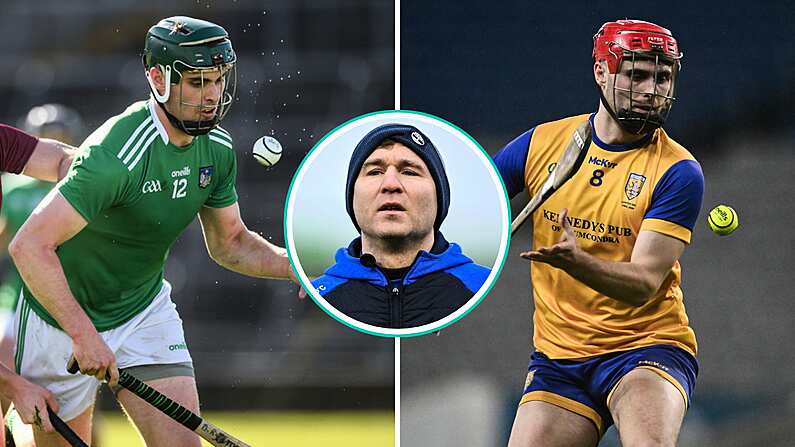Whether it be trekking by Lough Neagh and down the M1 or strolling along the Grand Canal and up Jones’ Road, over 82,000 patrons will descend on GAA HQ this Sunday and into Europe’s third-biggest stadium. While they are busy preparing for Croke Park, Croke Park is busy preparing for them.
Ever since the GAA took ownership of Croke Park in 1913, the association has been charged with managing its safety. The scare of ’83 still lives long in the memory when the Hill almost reached breaking point. What begun as a mound of dirt had evolved to a full-scale terrace but the 1983 All-Ireland final between Galway and Dublin was marred by scenes of fans scaling the back wall in fear of a crush. Then director-general Liam Mulvill was dismayed and immediately ordered a redevelopment.
The Hill as we know it was long established by then. The railway end terrace was initially known as Hill 60, after the Gallipoli battle in World War I. The myth of 1916 rubble laying below supporters feet has long been disproved. In fact, the original hill was built before the historic events of 1916 even took place.
The community sense begun in the 1970s. The Irish Times’ Fintan O’Toole credits the influx of “young, working-class Dublin males” for creating the buzz. Dublin nested into the hill while Kevin Heffernan began to build his army. "A swarming sea of runny blue hats" was how then Dublin full-back Vincent Conroy described it. It wasn't always glamorous but it was home. A jovial atmosphere that persisted despite widespread health and safety inadequacies. Routinely Croke Park hosted over 100,000, many of whom crammed into the terrace.
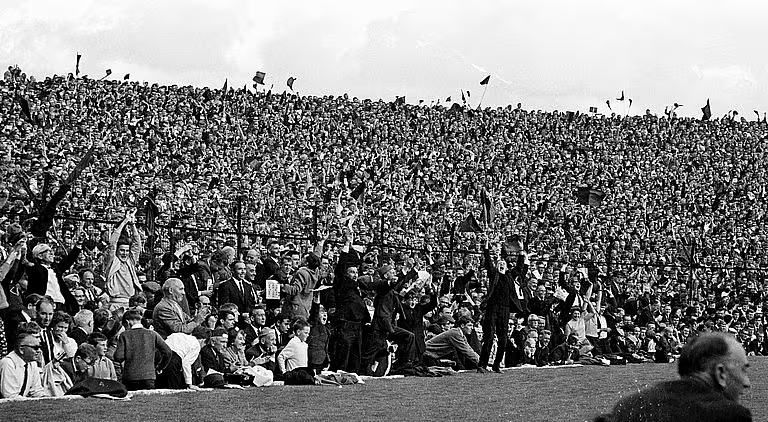
In 1988 it was torn down and replaced. “It’s like the loss of a friend” bemoaned Heffo. He needn’t have worried. While the blockwork changed, the inclusive statute stayed the same.
Richie Larkin is an administrator of the All Dublin GAA Fans social page and has been a Hill 16 attendee for 30 years. The Raheny club man knows every ridge of that concrete block, old or new.
I'm 43 now and I’m going since my father was bringing me when I was six. We used to go to the old hill with a flask of tea and ham sandwiches. When you go on special days, from winter up to any quarter-final or semi, just to stand on the Hill and let roar. To be there and show your support, it’s magic really. You’d be buzzing for a week before it.
I mean, the roar! That roar, you feel it through the concrete, it comes up through your feet and in through your teeth.
The sense of united purpose is palpable on big days, nowhere more so than the Hill: "Look it’s about the special day. We know how hard they work, you know how it’s built up. To walk up Clonliffe Road, and once you walk in through the turnstile, you hear the atmosphere. The people who are around you, when you go long enough you make great friends. You see them all, it's handshakes and hugs!"

Often the struggle between ideals and pragmatism sees stadium segregation introduced for the sake of atmosphere. Croke Park maintains a happy medium. The battle for the Hill only takes place as a ticket hunt. Tyrone have invested many resources into maintaining a presence in the ground come Sunday and are determined to stake a claim on the famous terrace.
As for as Larkin is concerned, Dublin will persist regardless of opposition. Part of the joy on the hill is a combined excitement and good-natured jibing.
"We are not on to ever turn around and say Hill 16 is Dublin only. Both sets of fans have a right to be there! Many a time we stand shoulder to shoulder and have the banter. That’s part of it."

Johnny Holland has been a steward at Croke Park for over nine years. He is charged with handling crowd control, customer care, emergency procedure and match day miscellaneous. In reward, he is given a free match day programme, a meal voucher, and some Sunday entertainment.
Croke Park is the only major stadium in Dublin that heavily incorporates voluntary stewards. The stadium's gates, vomitories and pitchside are taken up by these individuals. Paid Frontline stewards are then present on the Hill and at end of match positions. The presence of volunteers is an important feature of the big day allure.
The one thing we do all have in common is we actually love a good game of GAA. The majority, about 85% of stewards are retirees, pretty much this is their social life. A lot of them are pioneers who don’t drink, this is their way of getting out and about and meeting people at a given weekend.
I am 40, I’m a young lad compared to them. It is more of a social event. We have stewards there that are there since 1977. One 91-year-old from Westmeath is still going, he has 50 years service done. We have people traveling from Waterford, Galway, Drogheda or us country folk living in Dublin. It is a great way to spend an afternoon, being in Croke Park and enjoying the day out with likeminded people. That is the buzz we get from it.
Here is what differentiates Croke Park from elsewhere. Whether it be Richie or John, the players on the field or coaches prowling the touchline, they are all there because they want to be. This unites people, a shared sense of purpose.
"It means something. You have people who are up for a day trip to enjoy a good game for sport or the people who had no special interaction all week," Holland explains.
"I met a guy recently, a Tipperary man who came up and said 'the only interaction I have now is going out to see hurling matches.' So you end up spending 20 minutes talking to him about hurling! You do it for the passion of the GAA more than anything else."
This transmits to crowd management. Rather than rule with an iron fist, Holland elects to reason with supporters.
A lad recently said to me “I’m going onto that pitch if Monaghan win the semi-final!”
I said 'you do that, I won’t stop you. But if you do it, would you consider the impact. People will follow down from the hill, if you go on everyone thinks it is a free for all. Parents run on with kids, kids get scared and possibly hit by the run.' We have a debate about supporters going onto the field, most supporters don’t do it now. But if you explain the pros and cons he said 'ya sure, I won’t go on so.' It’s all about engagement, just social interaction.
Both Richie Larkin and John Holland give to Croke Park in their own unique way. Yet by no means is it a one-way relationship, Croke Park also gives back. Most famously for Larkin, in 2011 when Dublin ended a sixteen-year wait for the Sam Maguire.
I'd be good friends with my club-mate Ciaran Whelan, we actually went for trials together. So I always knew how much the support meant to them too. In 2011 they gave back. When you looked down and saw Clucko strolling up the park as if he was on a jog down the road. We were standing right behind it, I was close to passing out. Then he kicked it straight into our second family, the second home.

Croke Park will once again operate as a special place come Sunday, for players, supporters and stewards alike.

